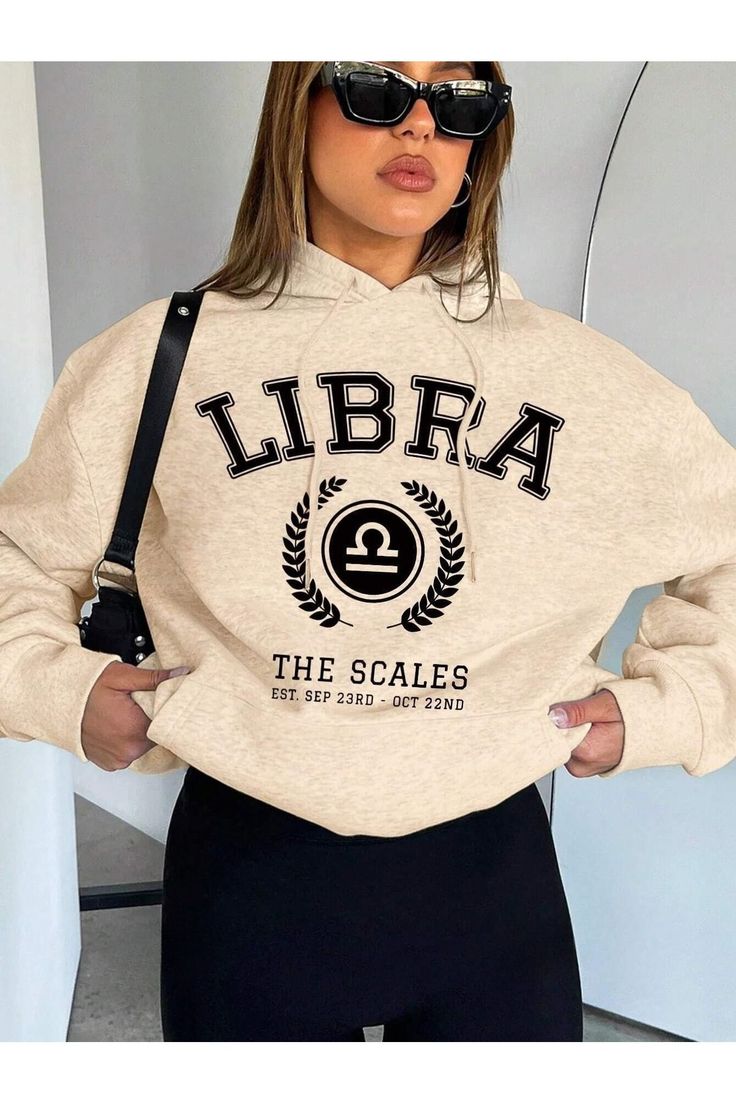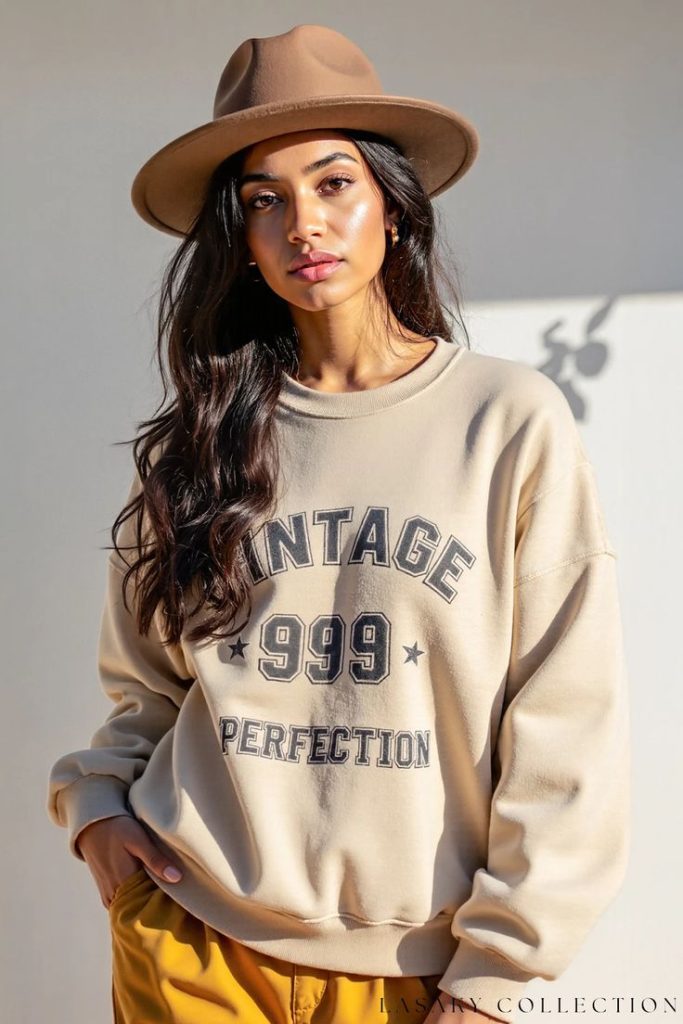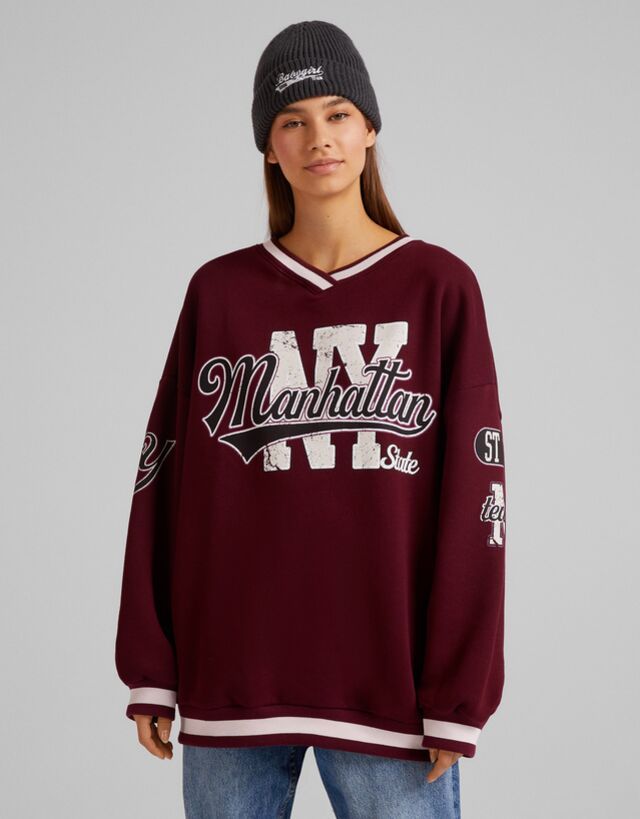Introduction
Style in 2025 is no longer a static concept—it’s a remix, a mosaic of influences, and a multidimensional expression of self. The age of uniform aesthetics is over. Instead, we are entering an era where personal identity is fragmented, fluid, and constantly reconstructed. “Patchwork Personas” captures this shift by exploring how modern fashion empowers individuals, especially the younger generation, to express the complexity of who they are. It is fashion as narrative, woven from threads of nostalgia, digital culture, subcultural symbols, and futuristic experimentation.
The Return of Eclecticism
In today’s fashion landscape, cohesion is no longer the goal. Clashing patterns, mismatched eras, and genre-bending silhouettes define streetwear and high fashion alike. Youth are rejecting linear trends in favor of an aesthetic freedom that reflects the fragmented nature of their digital lives. A 90s grunge flannel may be worn with a techwear utility vest, or a hand-crocheted top layered under a luxury blazer. This return to eclecticism invites play, contradiction, and reinterpretation—inviting wearers to construct identities that are unapologetically layered.
Subculture Fusion and New Style Tribes
Style in 2025 blurs the lines between once-distinct fashion subcultures. Skate culture fuses with cottagecore, dark academia meets Y2K nostalgia, and cyberpunk elements show up in bohemian ensembles. These fusions give birth to new style tribes that reject labels and thrive on ambiguity. Rather than belonging to one defined group, individuals now curate looks that reflect multiple affiliations, lived experiences, and shifting moods. This fusion culture speaks to the hyperconnected generation who no longer see identity as singular.
The Influence of Personal Archives
Thrifting, digital moodboards, and personal memory are shaping wardrobes in highly personalized ways. Young people mine their family closets, local secondhand shops, and vintage apps to construct narratives rooted in emotion and memory. Clothing becomes archival—each piece carrying a backstory. The result is fashion that is not only visually diverse but emotionally resonant. Wearing an old concert tee or a repurposed sari blouse becomes a way to honor personal lineage while forging new style pathways.
DIY Aesthetics and the Handmade Renaissance
The handmade movement has seen a resurgence in response to mass production and digital saturation. DIY fashion—whether through visible mending, embroidery, patching, or upcycling—gives wearers creative control and fosters emotional connection to garments. This is not just sustainability—it’s storytelling. Each repair or embellishment becomes a line in the wearer’s visual autobiography. Young designers and hobbyists alike are embracing imperfections, favoring raw textures and visible craftsmanship as hallmarks of authenticity.
Digital Avatars and Style Experimentation
Digital platforms and avatar customization are enabling radical style play. Through gaming skins, AR filters, and fashion metaverses, users can embody extreme looks that may be impractical—or impossible—in physical space. This freedom informs physical style, allowing users to test-drive aesthetics and discover new aspects of themselves. What starts as a virtual experiment often finds its way into real-world wardrobes, demonstrating how digital identity can be a rehearsal space for self-reinvention.
Intersectional Identity and Fashion Expression
Patchwork fashion is deeply connected to intersectional identity. Race, gender, class, culture, and ability intersect in how people experience and present themselves. Fashion in 2025 recognizes this complexity, providing space for hybrid identities to thrive. Clothing is not just adornment—it is activism, visibility, and belonging. Whether through Afro-futurist prints, genderless silhouettes, or adaptive design features, fashion becomes a canvas for layered stories that defy easy classification.
Global Style Cross-Pollination
With digital communication and travel, style is now shared, borrowed, and reinterpreted globally in real time. A TikTok fashion trend from Seoul may merge with a streetwear influence from Lagos or a tailoring tradition from London. Youth remix these global cues with local flair, resulting in hybrid looks that reflect cultural exchange. This cross-pollination is not about appropriation, but conversation—mutual inspiration in the age of hyperconnectivity.
Emotional Dressing and Mood-Driven Fashion
2025 fashion also responds to the inner world. Mood-based dressing—where individuals dress according to emotional states—is growing. From dopamine dressing in vibrant hues to cloaking oneself in comfort fabrics for protection, clothing becomes a tool of emotional regulation. This practice honors the patchwork nature of daily experiences, embracing the complexity of being human in a fast-changing world.
The Rise of Fashion Collage Culture
Social media platforms have turned outfit styling into a form of visual collage. Through reels, fit videos, and digital lookbooks, users present their fashion not just as clothing, but as curated art. Transitions between looks, mixed textures, layered identities—all contribute to this culture of assemblage. The collage becomes a metaphor for the self—fragmented, evolving, never finished.
Conclusion
Patchwork Personas represent a fashion movement that refuses to be boxed in. It reflects the realities of living in a world where identities are complex and layered. In 2025, fashion is not about matching pieces—it’s about mixing meaning. It’s not about fitting in—it’s about stitching together all the parts of yourself and wearing them out loud.



